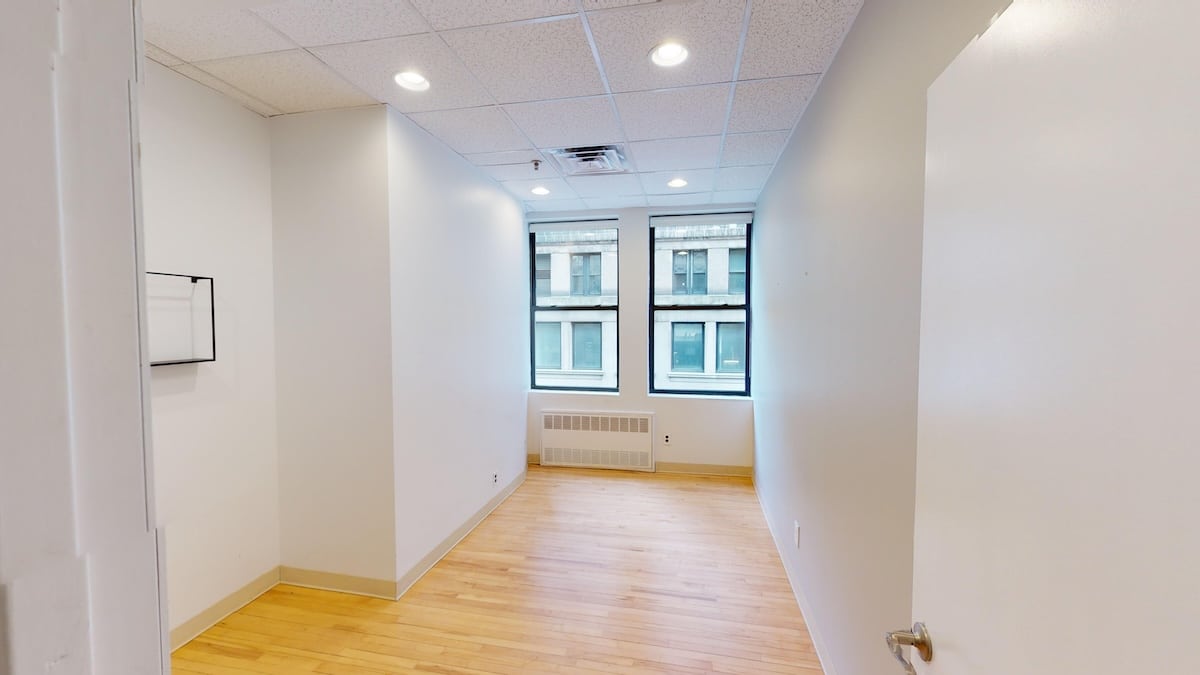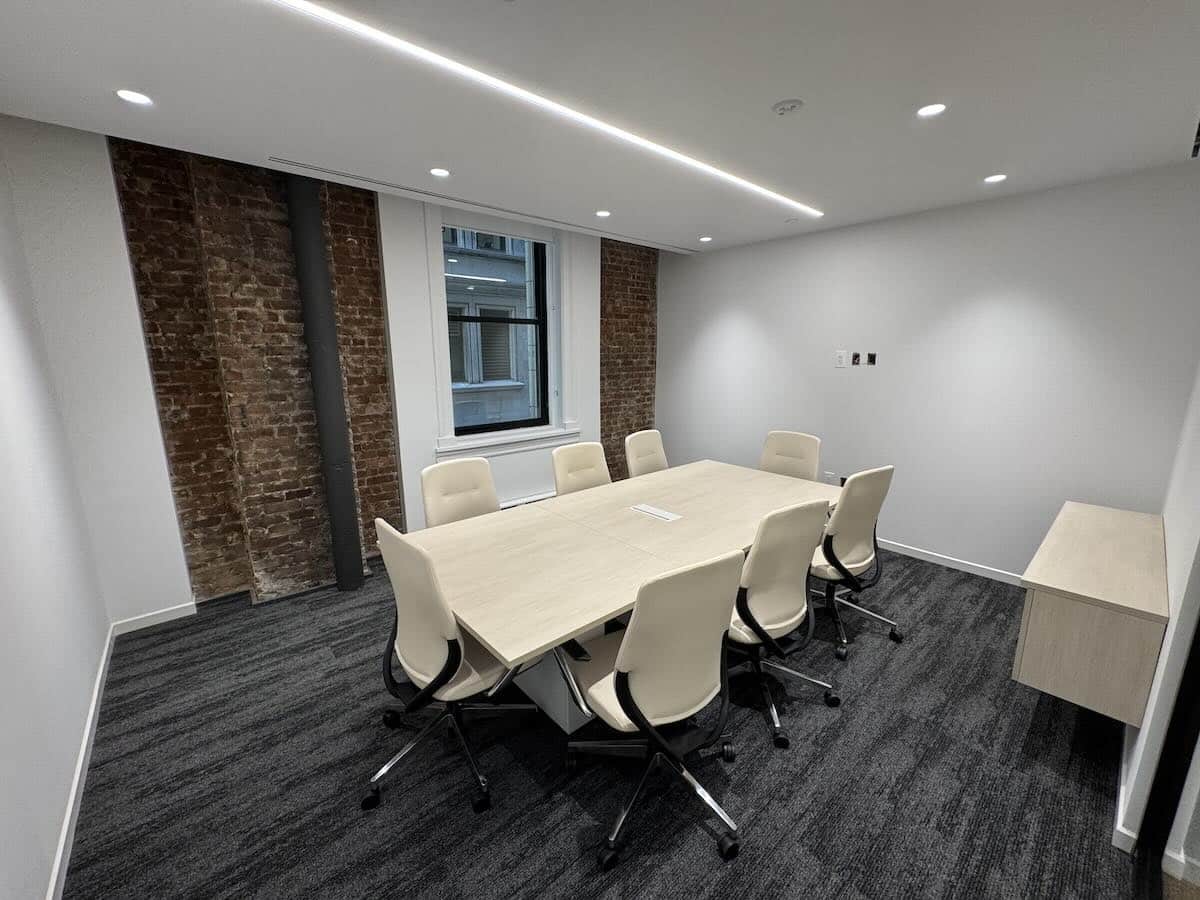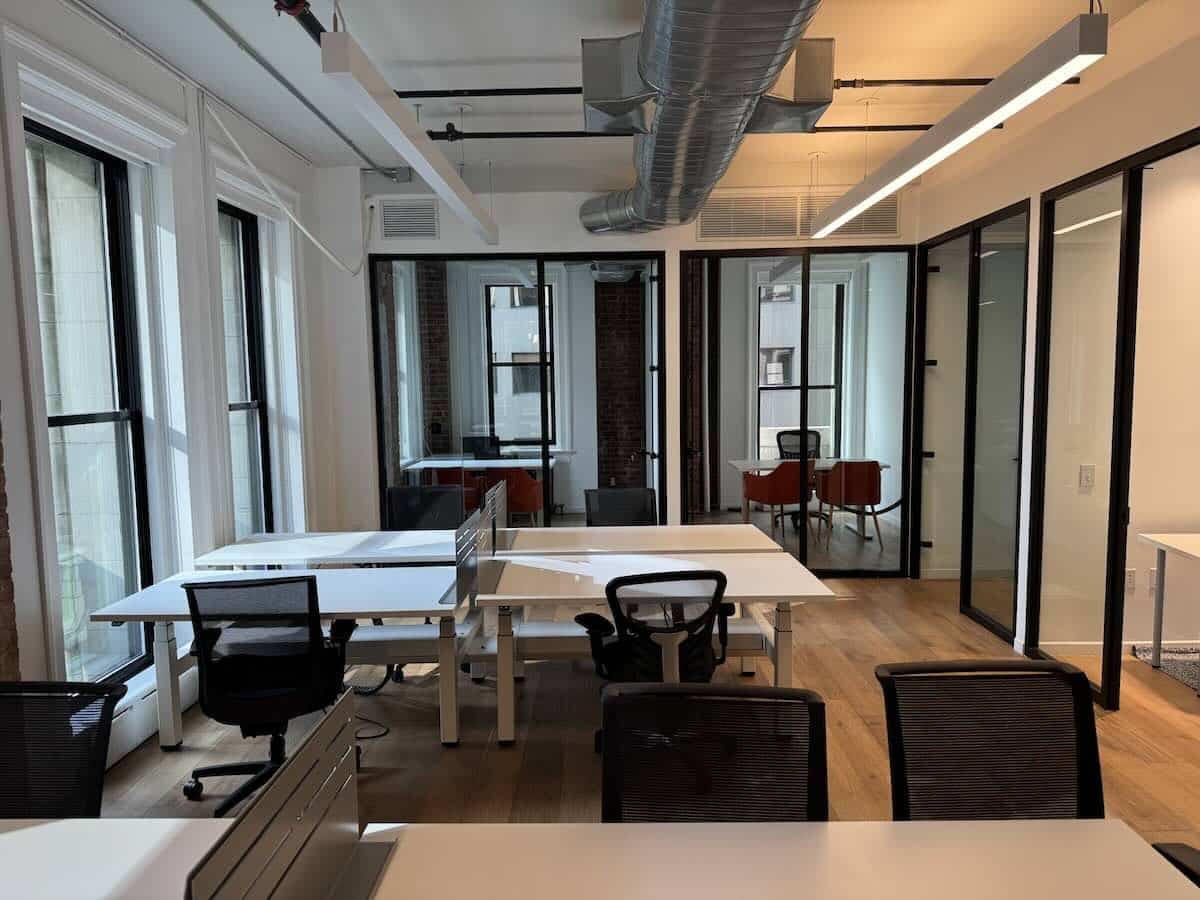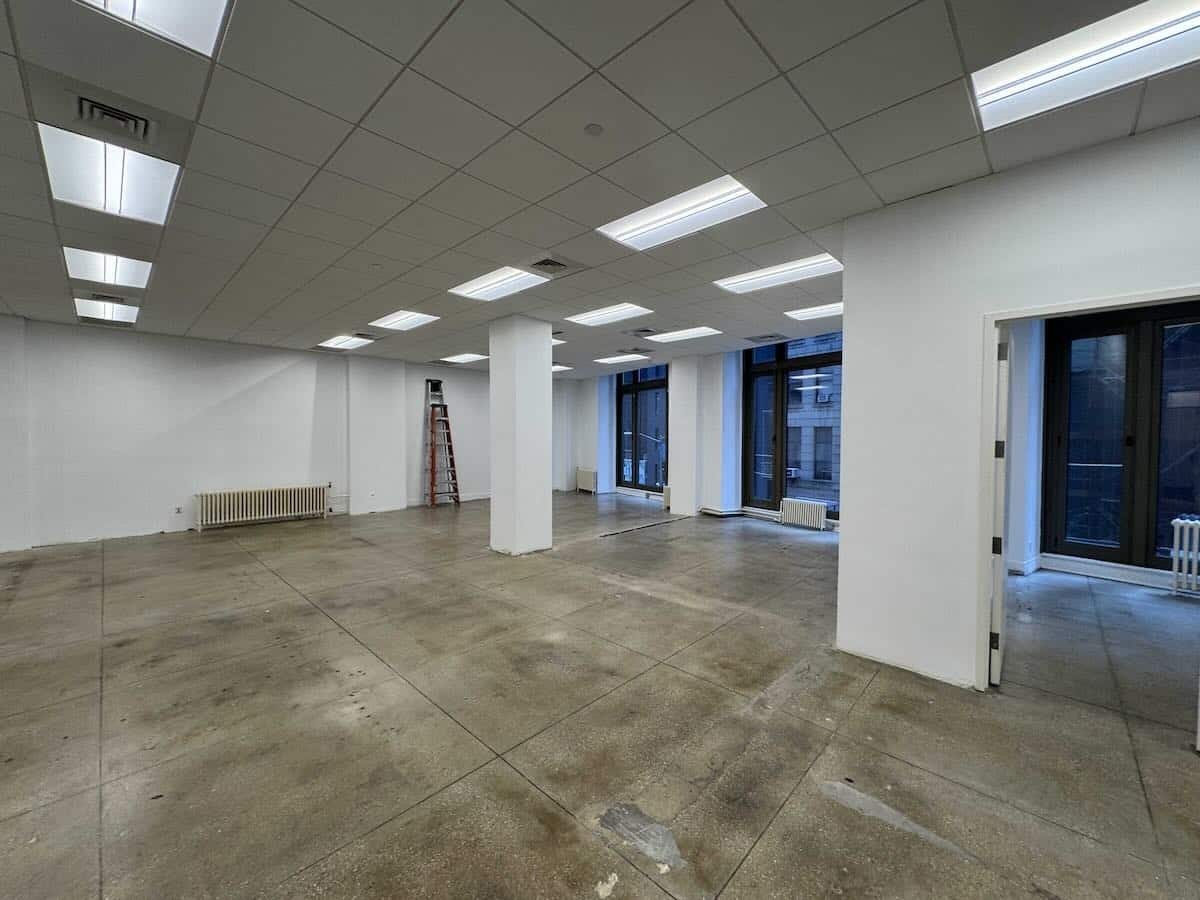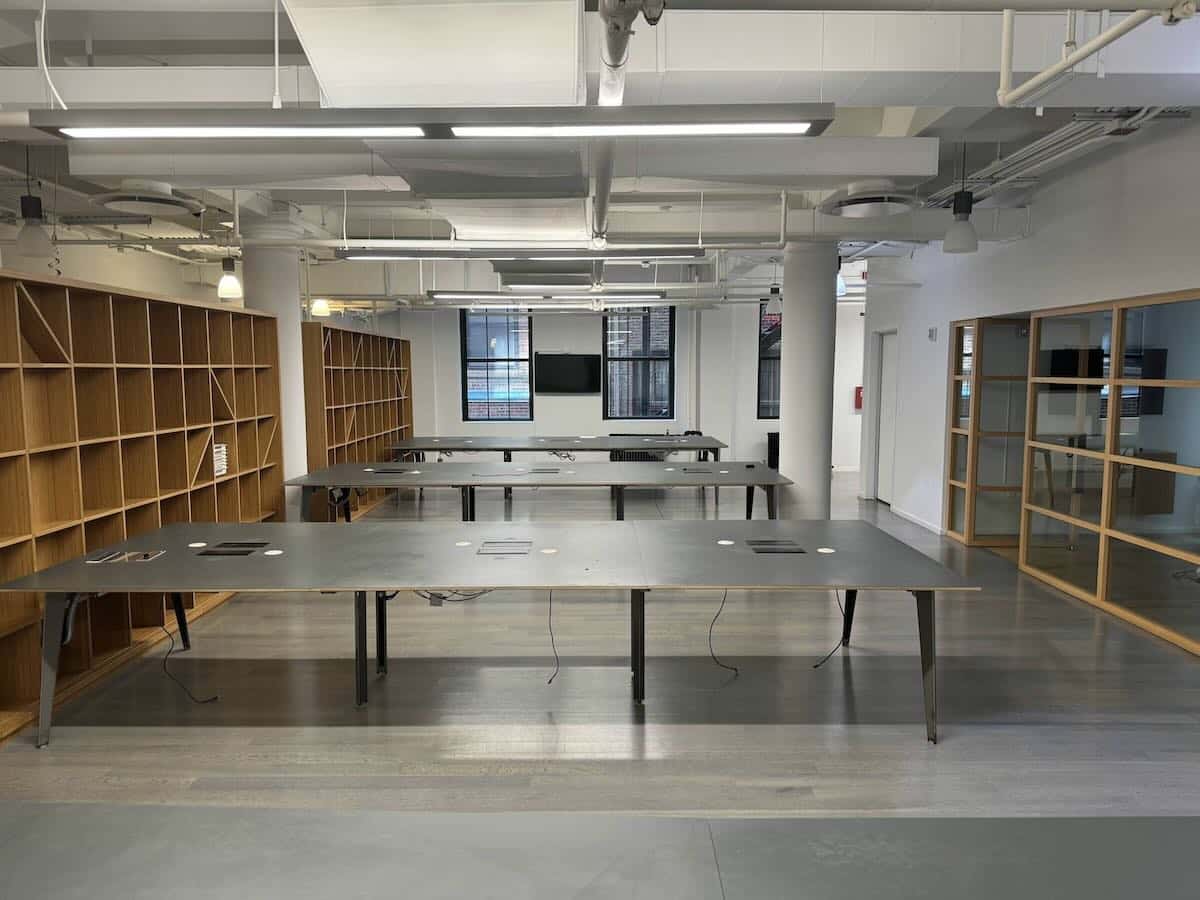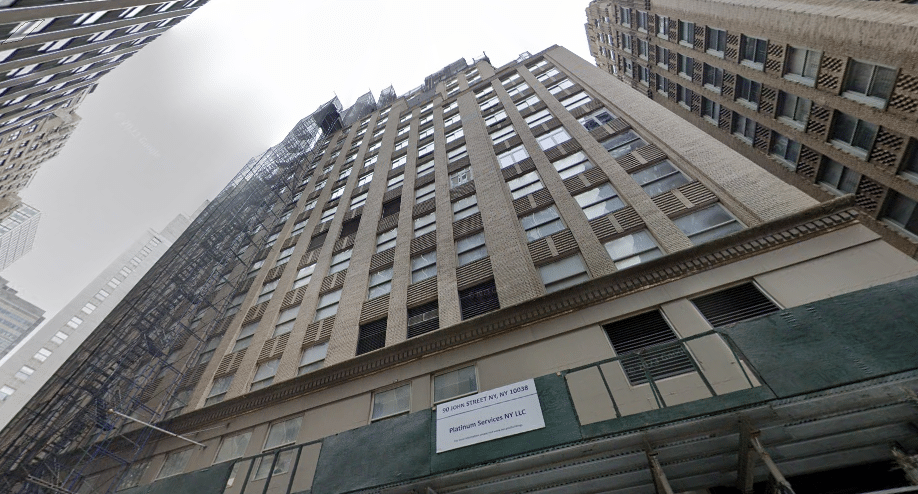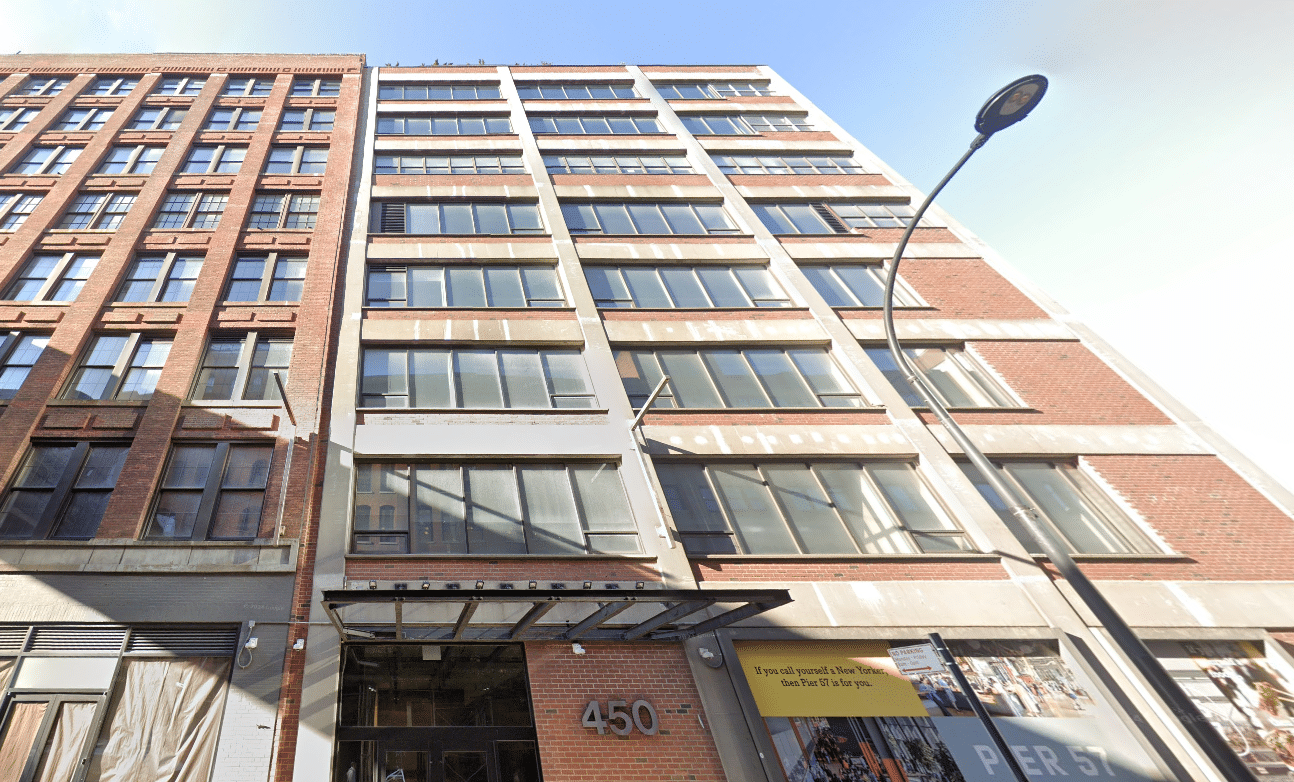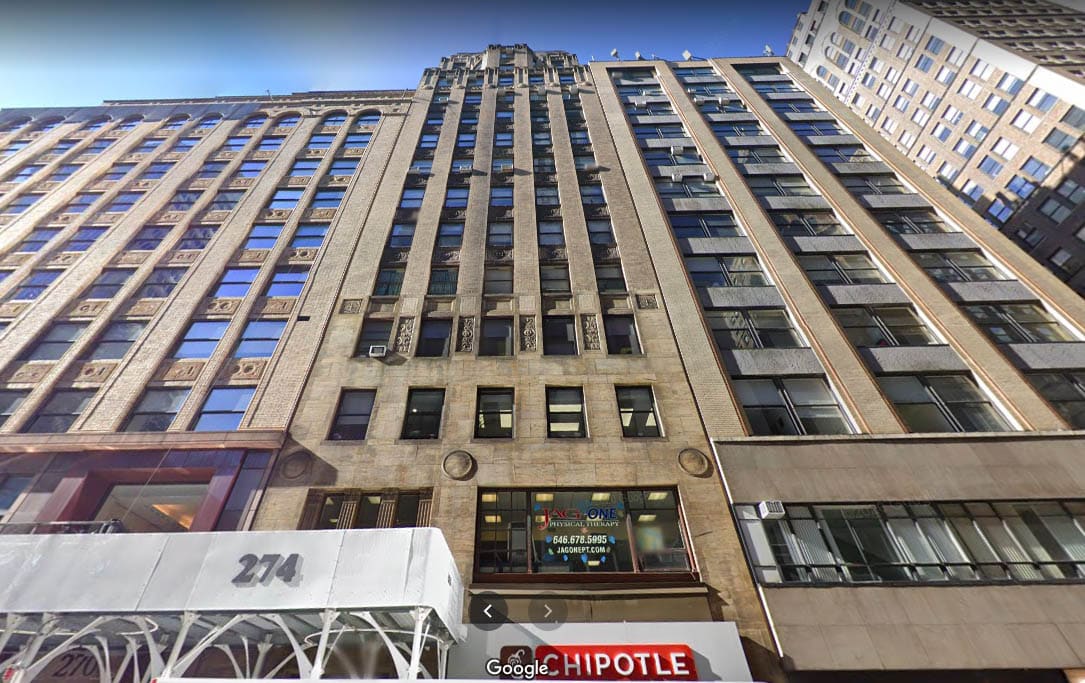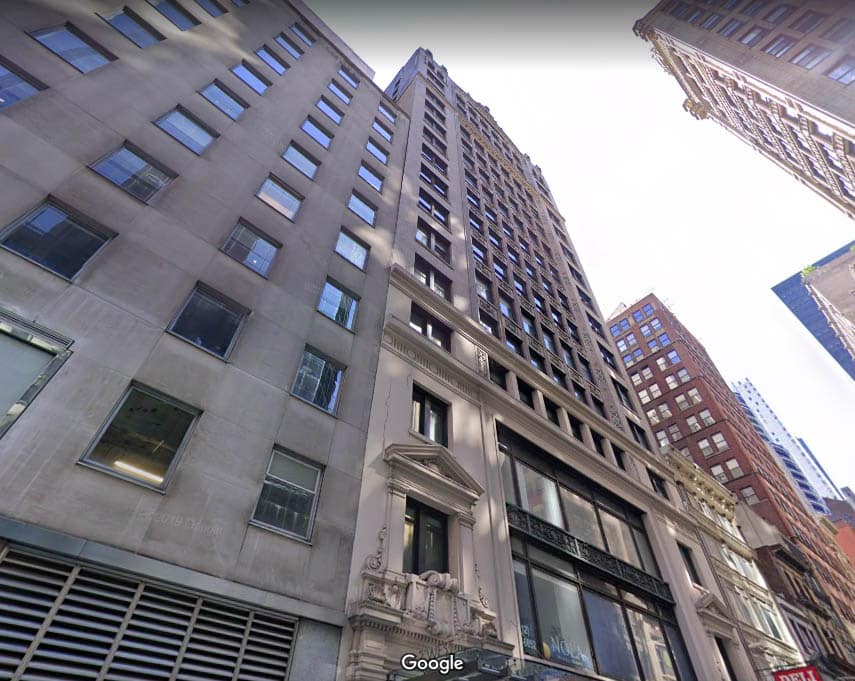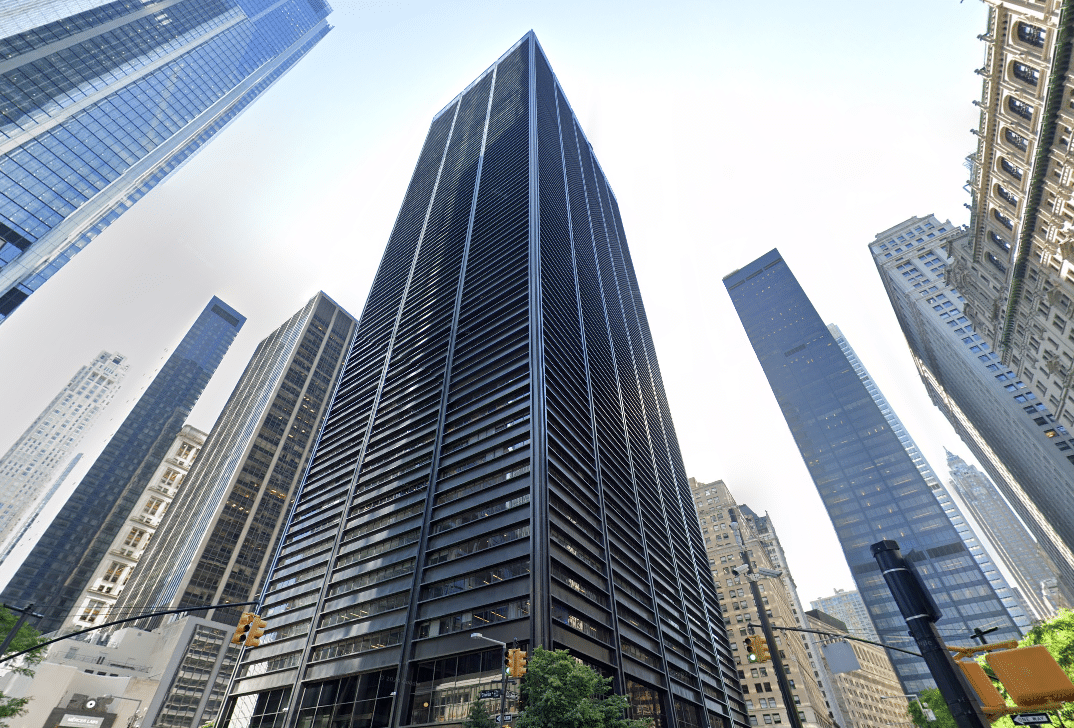Sometimes, it feels like there’s a new commercial real estate regulation or building code update every week, each one mandating that buildings become smarter, safer, and more sustainable. These changes are not only substantial but inevitable. Time waits for nobody, and change comes, whether you like it or not. The catch is that with commercial real estate, change impacts urban development and can drive up costs.
That’s why keeping up with the latest building codes is a balancing act, requiring savvy strategies to manage costs while staying compliant. We’ll discuss all of this in detail, from the challenges to the effective strategies you can use.
Tackling the Rising Tide of Building Code Costs in Commercial Real Estate
Have you ever looked at a skyline filled with cranes and wondered why the cost of developing those towering commercial properties keeps climbing? Much of that increase is tied directly to the constantly changing building codes over the last decade. A joint report by the National Multifamily Housing Council (NMHC) and the National Association of Home Builders sheds some light on this, pinpointing code changes as the main culprit behind the rising expenses. Other factors also contribute to the ballooning costs, like increased labor costs due to a shortage of skilled workers, higher prices for building materials caused by supply chain disruptions and increased demand, and climbing insurance costs reflecting higher project risks.
The Real Impact of Code Changes on Developers
Let’s get into the nitty-gritty. According to a survey by the NMHC, 68% of respondents struggle with the mechanical and electrical codes that can update more often than our smartphones. Add to this the growing demands for energy efficiency and fire safety, and it’s no wonder landlords and developers feel like they’re constantly trying to catch up. Remember: it’s not only new buildings that need to comply but existing ones as well.
New Laws, Big Challenges
Take New York City’s Local Law 97, for instance. It’s a big deal in the commercial real estate world, demanding that buildings larger than 25,000 square feet slash their carbon emissions by 40% by 2030 and by a staggering 80% by 2050. It’s part of a broader trend across states like Massachusetts, California, and Arizona, which are all stepping up their game on building and energy codes to hit those ambitious climate targets. For building owners, especially those with older properties, this can mean a scramble to find funding for upgrades to avoid hefty fines. It’s like being told your old, reliable car suddenly needs to be as efficient as a brand-new hybrid.
Building Smarter: Why Up-to-Date Codes Matter in Commercial Real Estate
Something as mundane as a building code update can send shockwaves through the real estate world, and it’s more than just the red tape. These changes can have a tangible impact on everything from appliance efficiency to insurance premiums. While it might sound like a dry topic, anyone owning or developing property knows it’s as critical as the foundations their buildings stand on.
The Technical Tightrope in Commercial Real Estate
Reading through building codes can feel like decoding a foreign language. Now imagine how much harder it becomes to do that when they’re constantly changing. Take, for example, the 2020 National Electrical Code. A year into its release, a major flaw caused essential systems like major appliances and climate controls to trip up. This discovery led to a scramble as industry groups urged delays in adopting the code while pushing for urgent amendments. Imagine the frustration of updating your building only to find out the new rules make your brand-new systems malfunction. It’s also worth mentioning that the development cycle for a commercial building in NYC can be 5 to even 10 years, so if regulations change during the planning and construction phases, it can have a very detrimental impact on the developer.
Balancing Costs and Safety in the Long Run
Despite the headaches, there’s a strong case for keeping our building codes fresh. The Environmental and Energy Study Institute (EESI) advocates for updates every three years to align with business cycles and adapt to new safety challenges posed by climate change. These updates protect public health and help manage the rising costs of insurance by providing a consistent framework for risk assessment.
Meanwhile, a report from FEMA adds more context to the economic sense behind modern codes: updating could save cities and counties across the U.S. a staggering $32 billion in losses from natural disasters over 20 years. Yet, 65% of these locales lag in adopting these modern standards.
The Cost of Keeping Up: How Building Code Changes Affect Commercial Properties
For anyone in commercial real estate, keeping up with building code updates is like updating your operating system: necessary but sometimes painfully expensive. Recent changes in the International Building Code (IBC) and the ICC Performance Code for Buildings and Facilities (ICCPC) are perfect examples. These aren’t just minor tweaks; they’re substantial overhauls that can significantly impact your bottom line.
The Financial Burden of Staying Compliant
The cost to stay ahead of these codes is more than just a line item in a budget. For instance, the 2024 updates to the IBC and ICCPC involve major formatting changes that can drive up costs for developers and building owners. In fact, code changes have been the biggest cost driver in multifamily development over the last decade. Think of it this way: Every new code change can mean new construction methods, new materials, and, sometimes, new annoyances. The financial burden ranges widely, typically costing less than $150 for commercial buildings, but can skyrocket to over $1,000 per building, not counting the extra expenses for overhead and travel.
The Risks of Falling Behind
Failing to keep up can hit your wallet hard. Starting in January 2024, the Building Performance Standards mandate annual emissions reporting and verification, with non-compliance fees steep enough to make anyone wince—$268 per ton of carbon over the limit. And looking ahead, these penalties are only going to get tougher. On the flip side, staying compliant has its perks. Insurers consider properties that adhere to the latest codes less risky, which can lower your insurance premiums. But lag, and you might find your premiums climbing, or worse, you could struggle to get insured at all.
Strategic Responses to Regulatory Changes
As the world changes, so do the rules for building safe, sustainable properties. With climate change knocking on our doors, new building codes are a reality we all have to face. Sure, they can be a headache and hit the wallet hard. Still, you can turn these challenges into opportunities with the right strategies:
- Start Smart with Early Planning: Before breaking ground on a new project, familiarize yourself with the latest building codes. Integrating these into your design from the get-go means fewer headaches and costly do-overs later.
- Team Up with the Pros: Don’t go it alone. Involving architects, engineers, and code experts in your circle can help you find creative, cost-effective ways to meet or exceed new standards. Sometimes, two (or three) heads are better than one, significantly when they save you money and time.
- Cash in on Incentives: Keep an eye out for tax breaks, rebates, and grants offered by local and state governments. These perks are like finding money in your couch—there to help soften the upfront costs of sticking to the rules.
- Think Beyond Today: Look at code compliance as an investment, not just an expense. Improved safety, lower energy bills, and sturdier buildings mean more savings and higher value down the road. It’s like paying a little now to save a lot later.
- Keep Your Ear to the Ground: Stay in the loop by signing up for industry updates, attending workshops, and connecting with peers. Knowing what’s coming down the pipeline can help you prepare and budget better, keeping those last-minute scrambles to a minimum.
Final Thoughts
For tenants, the wave of new regulations and building codes often means one thing: rising rents. Every time a new law kicks in, it can hike up the costs of keeping a building up to par. These costs usually trickle down to you. So, staying ahead of these changes is key—not just to keep your budget in check, but to make sure you’re always getting the best deal for your space.
For landlords and developers, it’s like juggling and trying to keep all your balls in the air while new ones keep getting thrown in. Staying compliant with the latest codes is essential—not just to avoid fines, but to keep your properties attractive and competitive. Now’s a great time to get involved, talk to the policymakers behind the scenes, find smarter ways to meet these challenges without breaking the bank, and make plans that will keep you ahead of the curve for years to come. It’s about being proactive, not just reactive.


